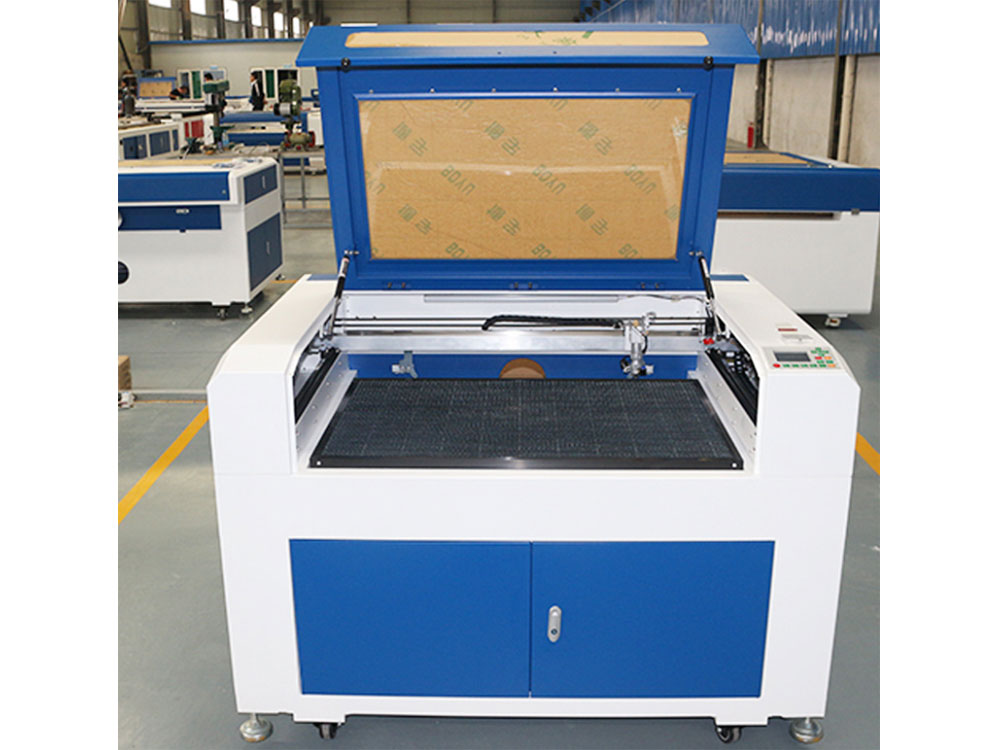The absence of physical tooling in Laser Engraving Machines contributes to cost savings in several significant ways:
- Elimination of Tooling Costs: Traditional engraving methods often require the creation of custom tooling, such as cutting tools or engraving bits, which can be expensive to design, manufacture, and maintain. Laser engraving eliminates the need for physical tooling altogether, saving on tooling costs.
- Reduced Material Waste: Tooling-based engraving methods can produce significant material waste during setup and testing phases, as well as during the machining process itself. Laser engraving, being a non-contact process, generates minimal material waste, resulting in cost savings associated with material usage and disposal.
- Enhanced Design Flexibility: Physical tooling is typically designed for specific engraving applications and may require retooling or modification for different designs or materials. Laser engraving machines offer greater design flexibility, allowing for quick and easy changes to engraving patterns, text, or graphics without the need for new tooling, thereby reducing setup costs and lead times.
- Shortened Setup Times: Setting up traditional engraving equipment with physical tooling can be time-consuming, requiring precise alignment and calibration of tools and workpieces. Laser engraving machines have comparatively shorter setup times since they do not require the installation or adjustment of physical tooling. This results in increased productivity and cost savings by minimizing downtime and labor costs associated with setup procedures.
- Lower Maintenance Costs: Physical tooling requires regular maintenance and replacement to ensure optimal performance and accuracy. Laser engraving machines, on the other hand, have fewer moving parts and do not rely on physical tooling, China Laser Engraving Machine factory resulting in lower maintenance costs over the machine’s lifespan.
- Reduced Risk of Tool Breakage: Traditional engraving methods using physical tooling carry the risk of tool breakage or wear, especially when engraving hard or abrasive materials. Laser engraving eliminates this risk since it is a non-contact process, resulting in fewer interruptions, fewer replacements, and lower associated costs.
- Improved Efficiency: Laser engraving machines offer high-speed engraving capabilities, allowing for rapid processing of workpieces without the need for tool changes or adjustments. This increased efficiency translates into higher throughput and lower per-part costs, contributing to overall cost savings.
- Lower Total Cost of Ownership: When considering the initial investment, ongoing maintenance, and operational costs, laser engraving machines typically offer a lower total cost of ownership compared to traditional engraving equipment with physical tooling. The absence of physical tooling contributes significantly to this cost advantage by reducing setup, maintenance, and material waste costs over the machine’s lifespan.
Overall, the absence of physical tooling in Laser Engraving Machines leads to substantial cost savings by eliminating tooling costs, reducing material waste, enhancing design flexibility, shortening setup times, lowering maintenance costs, minimizing the risk of tool breakage, improving efficiency, and lowering the total cost of ownership. These cost-saving benefits make laser engraving an attractive and economical solution for a wide range of engraving applications across various industries.
